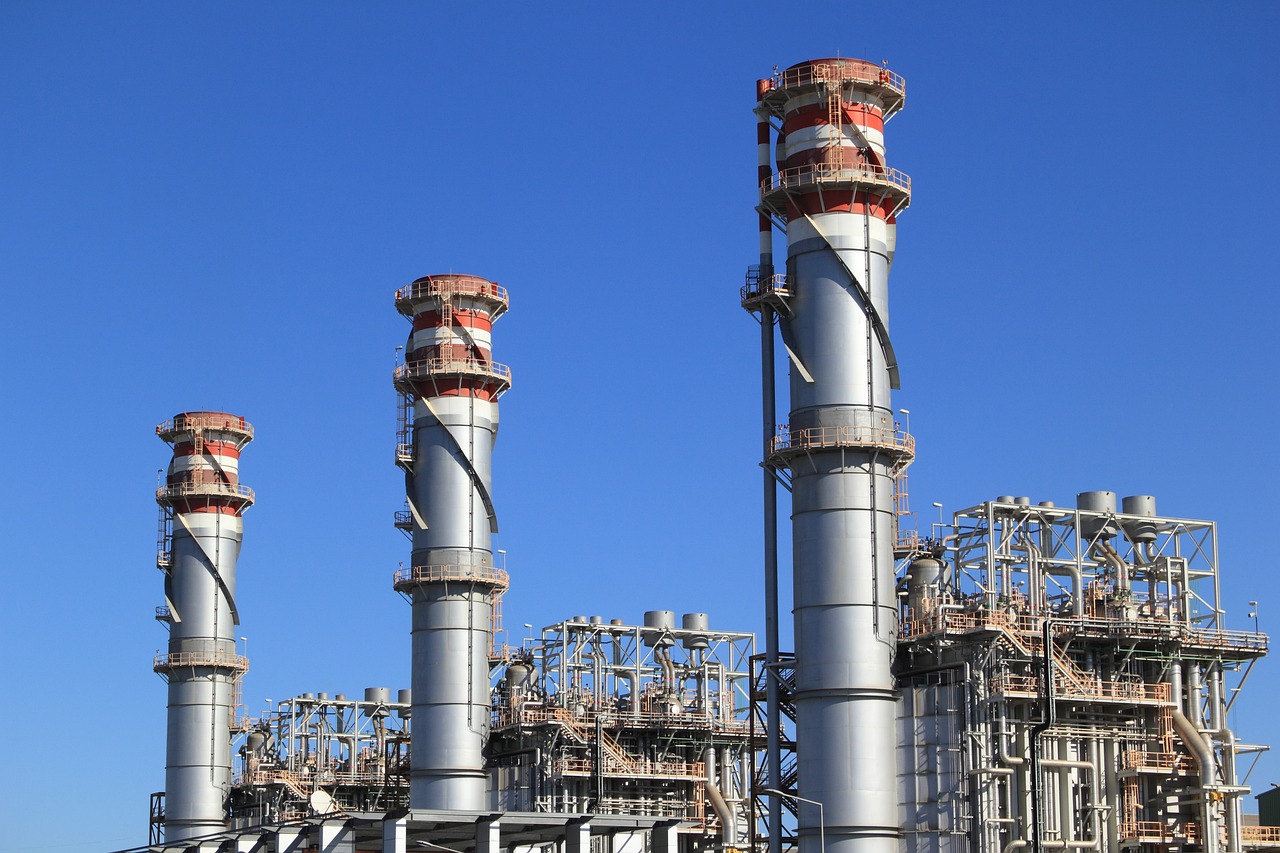Chemical reactors play a critical role in various industrial processes, from chemical production to pharmaceuticals and petrochemicals. Advancements in technology have led to significant improvements in the effectiveness and efficiency of chemical reactors. Here are ways in which new technologies are enhancing their performance:
1. Advanced Catalysis:
- Nanotechnology: Nano-sized catalysts provide a larger surface area, increasing the efficiency of catalytic reactions. This leads to faster reaction rates and reduced catalyst usage.
2. Computational Modeling:
- Computational Fluid Dynamics (CFD): CFD simulations help optimize reactor design by analyzing fluid flow patterns, temperature gradients, and concentration profiles. This allows for better reactor configurations that maximize reaction efficiency.
3. Process Intensification:
- Microreactors: Microreactors offer a smaller, more controlled environment for chemical reactions. They enable faster reactions, precise temperature control, and reduced waste production.
4. Automation and Control:
- Advanced Process Control (APC): APC systems use real-time data and predictive modeling to optimize reactor conditions, ensuring consistent product quality and energy efficiency.
5. Improved Materials:
- High-Performance Materials: New materials, including corrosion-resistant alloys and ceramics, can withstand harsh reaction conditions, reducing maintenance and downtime.
6. Flow Chemistry:
- Continuous Flow Reactors: Flow chemistry systems allow for continuous processing, improving reaction control, reducing waste, and enhancing safety.
7. Sustainable Practices:
- Green Chemistry: Integration of green chemistry principles reduces waste generation, minimizes hazardous materials, and improves overall reactor efficiency.
8. Energy Efficiency:
- Heat Integration: Advanced heat exchangers and energy recovery systems maximize energy efficiency by transferring and reusing heat from exothermic reactions.
9. Reaction Kinetics:
- Kinetic Modeling: Advanced kinetic modeling helps predict reaction behavior under different conditions, allowing for better reactor design and optimization.
10. Sensing and Monitoring: – Sensors: Real-time monitoring of reaction parameters such as temperature, pressure, and pH enables quick adjustments to maintain optimal conditions and prevent undesirable side reactions.
11. Electrification: – Electrochemical Reactors: Electrification of chemical processes using electrochemical reactors offers greater control, higher selectivity, and reduced environmental impact.
12. Modular and Scalable Designs: – Modularity: Modular reactors can be easily customized and scaled up or down to accommodate varying production needs, improving flexibility and efficiency.
13. Process Safety: – Advanced Safety Systems: Enhanced safety systems, including automatic shut-off mechanisms and real-time risk assessment, minimize the potential for accidents and reactor downtime.
14. Recycling and Waste Reduction: – In Situ Product Separation: Technologies like membrane reactors and reactive distillation help separate and recycle products within the reactor, reducing waste and improving overall yield.
15. Data Analytics and AI: – Artificial Intelligence: AI-driven analytics analyze vast datasets, optimizing reactor operations and predicting maintenance needs to prevent costly downtime.
16. 3D Printing: – Additive Manufacturing: 3D printing allows for the creation of custom reactor components with intricate designs, improving heat transfer and reaction efficiency.
17. Electrochemical and Photocatalytic Processes: – Electrocatalysis and Photocatalysis: These processes enable efficient and selective transformations with reduced environmental impact, especially for green and sustainable chemistry applications.
These advancements in technology are collectively making chemical reactors more effective and efficient by improving reaction kinetics, optimizing process conditions, reducing energy consumption, and enhancing safety and sustainability. As a result, industries across the spectrum are benefiting from increased production efficiency and reduced environmental footprint.














